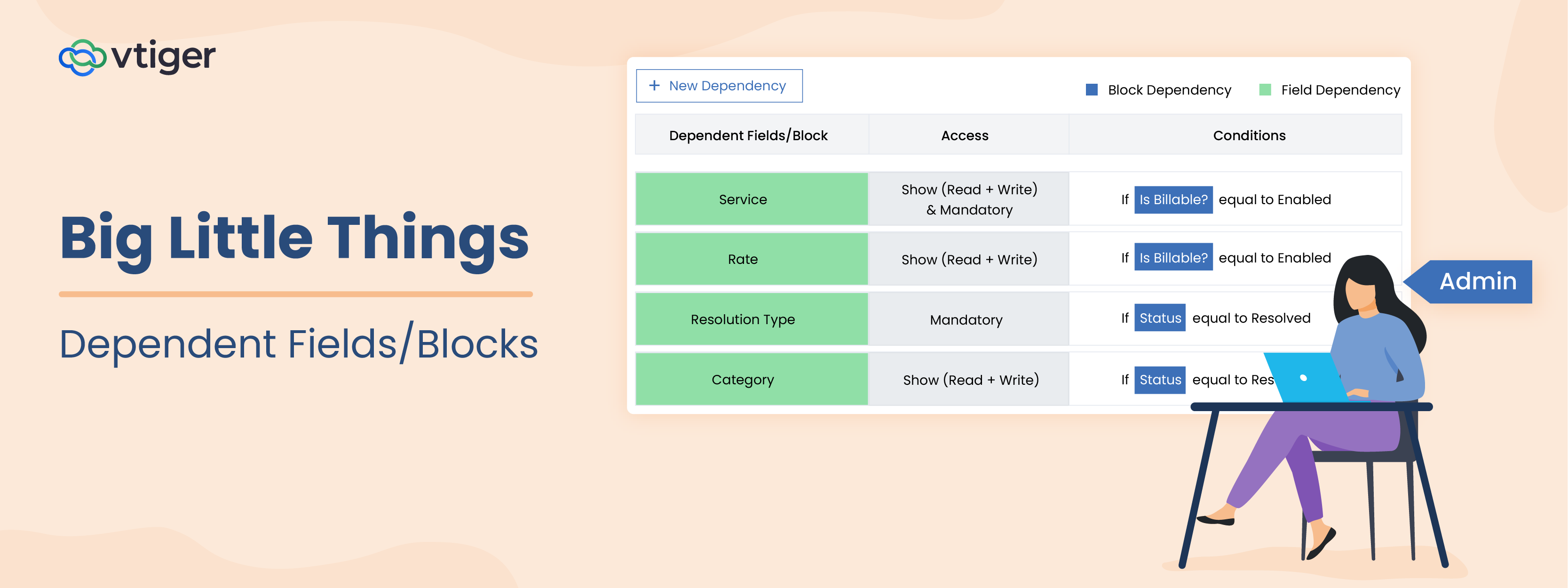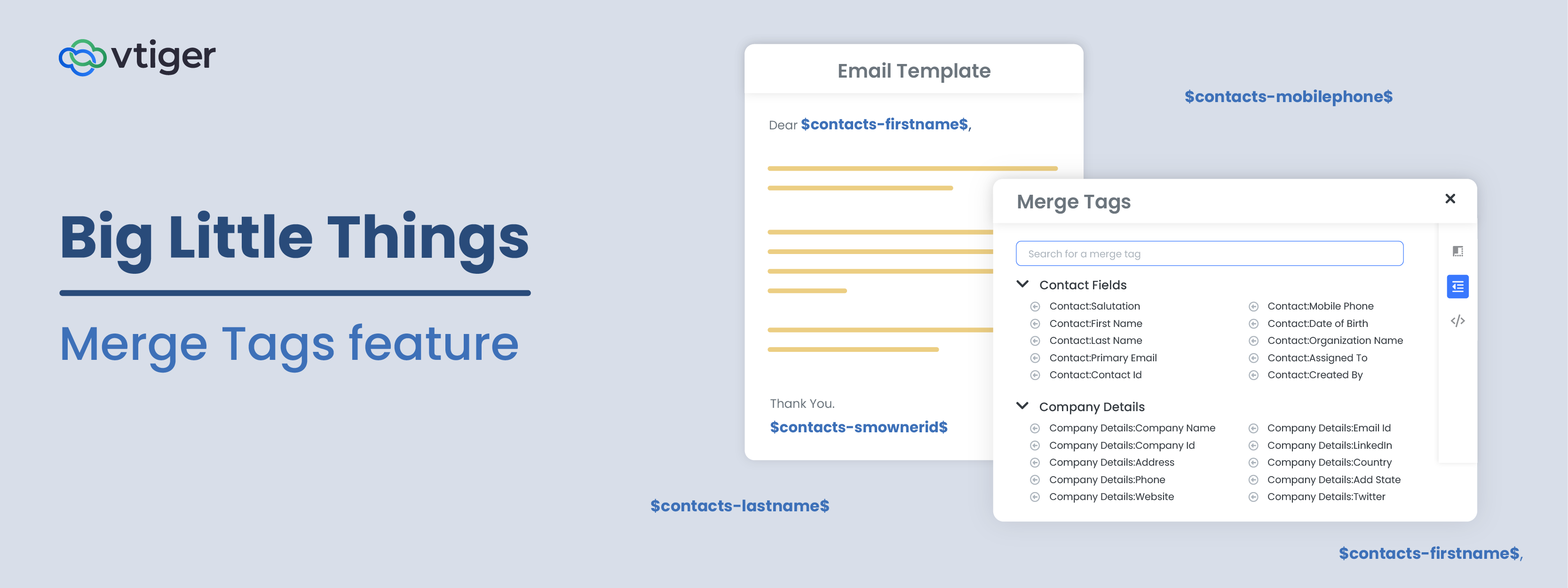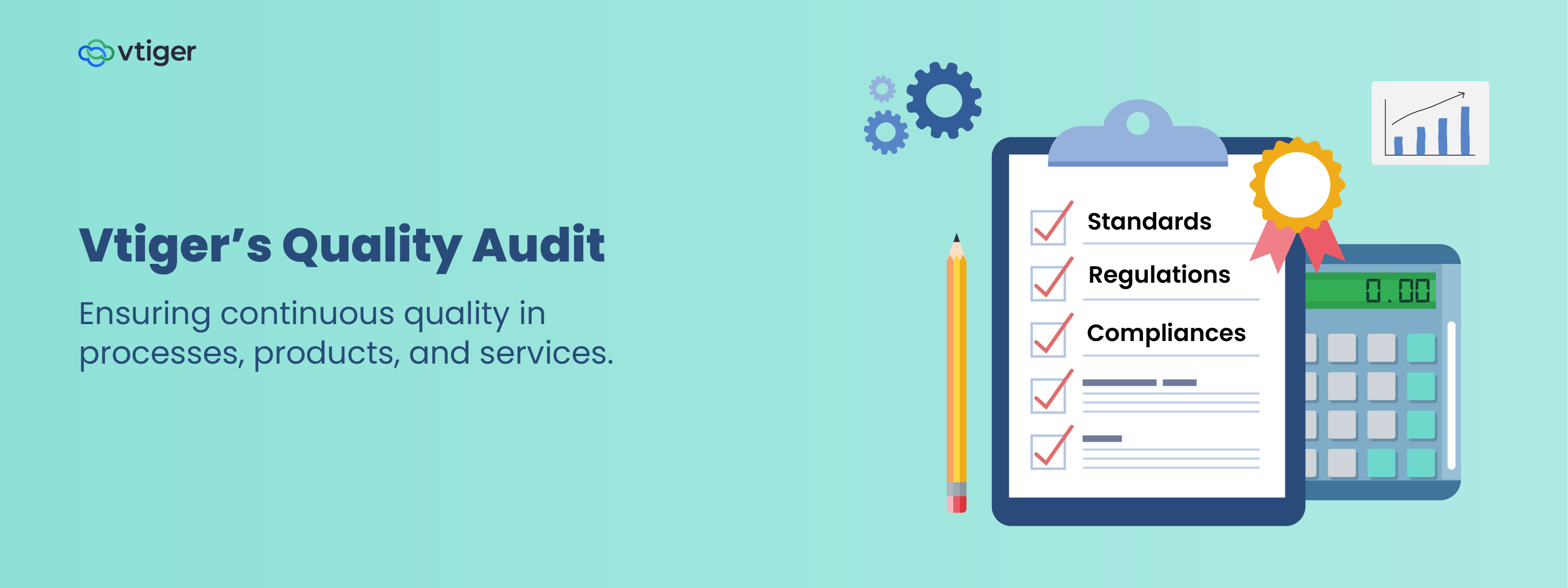Ever wondered how businesses actually use CRM software? Tired of trying to translate lists of obscure features into relevant, tangible benefits? Then follow along with our story, as we tell the tale of how SHD (Smart Home Designs), a home automation solutions business, uses a CRM to find, nurture, and win their next deal.
If you haven’t yet, start out by reading part one of this series, summarizing how Mark Hale, SHD’s marketing rep, used his CRM software to find and nurture Jay, before handing him off to the company’s top sales rep, Eric, to drive a deal forward. If you’re all caught up – read on!
Address customer needs
Eric, SHD’s sales rep, now owned Jay’s budding deal and was tasked with reaching out and driving the deal to completion. To help him structure his approach, he reviewed the prior month of touchpoints with Jay, available in Jay’s CRM record. These included Jay’s tweet history, his email exchange with Mark, engagement with past email campaigns, his webform submission, and Mark’s notes. Jay’s responsiveness and curiosity throughout made Eric confident that a sale was on the horizon.
Soon, Eric was ready to reach out. His CRM made that easy – by clicking on Jay’s phone number he started a recorded call.
At the start of the call Eric introduced himself and SHD. Soon after, he explored and took notes on Jay’s needs and goals, then summarized his understand of them back to Jay. “So, let me sum it up” Eric said at last. “You want a home monitoring solution that’s affordable, can monitor your nanny and kids after school, unlock and lock doors, and do it all through your smartphone.” In response to an emphatic nod of approval, Eric replied, “Then we may just have the perfect solution for you”.
Minutes later, a “click” marked the end of their call. Though it was long, it was worth it. Eric got what he needed – an appointment to demo the entry-level PX9000 for Jay at his house, in two days.
Two days wasn’t a lot of time, and much needed to happen before Eric would be ready for the demo. To help him prepare, he created a project in his CRM, and then assigned project tasks to members of his team that had time to help. Finally, he attached the project to Jay’s CRM deal, so that everyone could review deal notes instead of having to ask Eric when they needed guidance.
Two days later, Eric met Jay at his house and demonstrated the PX9000 in action. Toward the end of the demo, he opened his laptop and from his CRM’s quotes area put together and emailed Jay a quote for the PX9000. Being costlier than Jay expected, he asked for some time to mull the decision over. The deal wasn’t won yet.
Follow up regularly
Two days passed. Then on the morning of the third day after their meeting, Eric’s received an email reminder from his CRM, telling him to follow up with Jay. Working on another deal at the time, he ignored the email. Later, at lunch, an in-CRM pop-up notification again reminded him to follow up. This time he was ready.
Eric reached out with a call to find out what Jay thought. As expected, the price too steep for Jay tastes, so Eric enticed him with an end-of-the-month 15% discount. He also gave Jay log-in access to SHD’s professional customer portal where Jay could compare the quotes he had received, and if he chose to purchase, could communicate with SHD’s team throughout the installation process. Eager to have the PX9000, Jay accepted Eric’s new quote.
Accept Payments
With the quote accepted, Eric logged in to his CRM to transform it into an invoice, and send it to Jay. Because the deal was more than $2,000, SHD’s policy allowed Jay to pay in $500 monthly installments through PayPal. The CRM automatically ensured that each of Jay’s payments was automatically tracked against his outstanding invoice amount.
Delight Customers
As a customer, Jay’s access to SHD’s customer portal gave him access to quick help. When he wanted to change his PX9000’s password, he found and followed steps mentioned in the portal’s FAQ. Meanwhile, when he emailed SHD for help, he could review its progress through the portal’s tickets section.
For SHD, the CRM automated support. Most requests came in by email, their CRM automatically transformed them into tickets and assigned to a support rep. This freed up time, and sped up responses. When Jay emailed about a broken lamp, for example, a field service agent was out at Jay’s house within the hour.
With everything in one system, it was hard to not have a 100% response rate. With service like that, Jay transformed from a one-time buyer into a loyal customer. When he bought a new house two years later, Jay skipped the shopping process and brought SHD in to secure that house with little delay. When his friends asked for home automation recommendations, Jay didn’t hesitate to recommend SHD.
If the story of Smart Home Designs and the CRM tools they used to succeed, sound like they could work for you, then test them out with a free trial of Vtiger CRM. Have questions, or need help along the way? Then contact us at [email protected].




